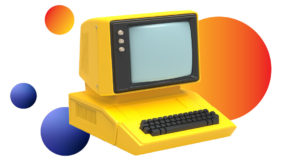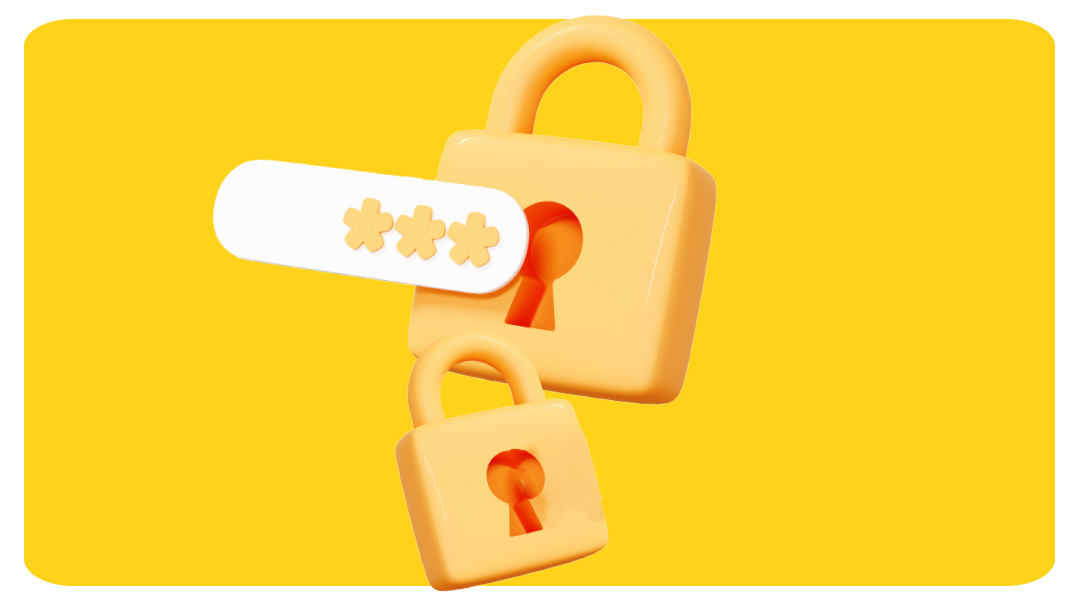Winners: Privacy

This is a win for privacy. Who would have thought it would come freely from Apple?

Winners: Privacy
Apple finally came through with their iOS 14 updates. Now users are asked whether they allow an app to track them or not. So far the opt-in rate is at 5%, which means that all those retargeted ads you used to get are likely to decrease. That also means you may be feeling less tempted, and ultimately buy less. Additionally, your spouse won’t see an ad for the gift you were considering for them when they log on to the computer after you. This is a win for privacy. Who would have thought it would come freely from Apple? Maybe they’re just trying to annoy Facebook, which is hopping mad over it.
Losers: Marketers and any business that utilizes digital marketing
Losing the ability to track and target a large portion of leads is quite a blow to the marketing industry, or really anyone who utilizes digital marketing. Segmentation and retargeting is part of marketing 101 and it makes companies a lot of money. But while a big tool in their box has been removed, don’t worry, marketers are creative people — they’ll come up with some other brilliant way for you to buy more Nest Diffusers.
Priorities
Amazon is installing surveillance cameras in its fleet of vehicles to monitor driver’s behavior and ultimately encourage safer driving habits. This sounds like a good thing if you’ve ever driven in proximity to a Prime delivery truck. Drivers say, though, that they might drive safer because of the cameras, but that may come at the cost of productivity; you don’t deliver 275 packages a day by fully stopping at every stop sign. In a world that runs on two-day Prime shipping, how will safer drivers affect your bottom line?
In Memoriam
Chuck Geschke, creator of the ubiquitous PDF, passed away in Los Altos, CA, at the age of 81. He and his partner were working at Xerox when they developed the technology, but Xerox said it would take several years to develop and debut the software. Feeling they were missing a huge opportunity, the two of them left Xerox and started a company named Adobe. The rest, as they say, is history. If you ever forgot to save to PDF when you sent off drafts, or muttered under your breath that you had to pay to properly edit one, now you know who to thank.

SaaS Review – Expensify
Do you hate Expense reports? That wasn’t really a question; of course you do. Keeping receipts, filing them, adding up the numbers, getting approval, getting the money — it’s a pain for the company and the employee. Expensify is an SaaS (software as a service) that makes the whole expense thing a little less cumbersome. All the tasks you want it to do, it does really well, and then some. You can easily take a picture of any receipt and Expensify will make sense of it, even if you yourself aren’t sure what the fee on the bottom is for. All you have to do is create the report and Expensify will do the rest.
Expensify also integrates well with accounting systems like Quickbooks, Freshbooks, and Wave, so you don’t have to transfer the data and employees can be reimbursed automatically, with your books updated to match.
Another thing it does well is automation. This works well for approval. Employers can set thresholds like “anything under $5” for automatic approval, freeing the accounting department from reviewing toll receipts.
If expenses and the paperwork pile are slowing you down, Expensify is worth a look-see. But if you’re a control freak, by all means, stick to manual entries.

How to Make Your Website More User-Friendly
- Have clear and consistent CTAs (call to actions). People want to know what to do next, and how to do it. Your CTA should not be hard to find at any point, and the messaging should be consistent — buy now; click here to sign up; yes, I want this.
- Update users early in the process. If something is out of stock, or there are added fees, let the users know before they click to complete the purchase. Sixty percent of users who find added fees tacked on in the end will abandon the cart and possibly never return (they don’t trust you anymore). Just be up front in the first place (or even better, incorporate the fee in the original price).
- Find and fix errors, and make sure your display message for errors is engaging so customers don’t hate you for leading them to a dead end. You should constantly check your links and forms and make sure they work with a variety of inputs. And a fun or humanizing error message makes a mistake more forgivable. Error 404 is so 2010.
- Remember to KISS the customer. Keep it simple, stupid. Less is more, unclutter your pages from excessive text or images, make it easy for the eyes to flow and follow and find the information they’re looking for. Customers don’t need to see you beat your chest with fancy animations.
- Reduce clicks and form fields. They get in the way of the buyer. The fewer you have, the more likely your customer will complete the transaction. Consider options like “quick add” so buyers don’t have to leave a page to add something to their cart, or automatically using billing information for shipping (people can change that if necessary, but for most, it’s the same). Even if you’re not selling something, on your Contacts page, don’t ask for a bajillion things (name, title, SSN) before allowing a user to send you a message.
Quotable
“Cryptocurrency is a good idea on many levels and we believe it has a promising future, but this cannot come at a great cost to the environment,” Elon Musk wrote in a tweet announcing Tesla’s reversal on accepting Bitcoin as payment.
Following the tweet, Bitcoin’s value dropped (and subsequently rose). Besides for those watching the cryptocurrency market for investment opportunity, Musk taking an actionable environmental stance even though he stands to lose by it (Tesla invested $1.5 billion in Bitcoin), is a moment other founders may want to pay attention to. If it pays off in valuation, other companies may consider taking real environmental stances in their policies.
(Originally featured in Mishpacha, Issue 863)
Oops! We could not locate your form.













